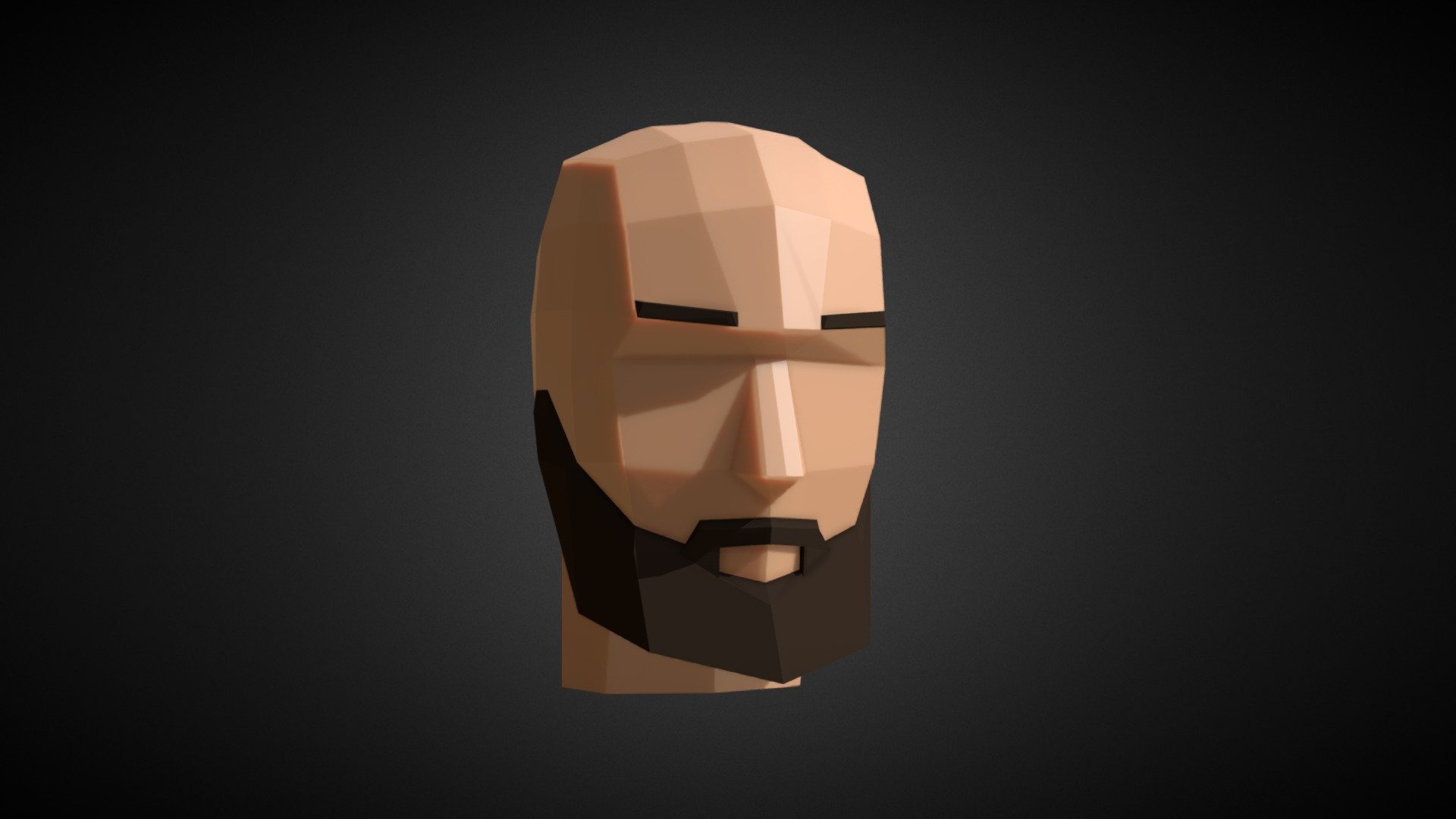
The final result is shown on a monitor, TV screen or cinema screen, which are all 2D surfaces. Everything is arranged for a 2D frame, be it cinema, photography or 3D illustrations. Although everything is constructed in 3D, the illustration itself is 2D Art. This is necessary as it will serve as a blueprint and you won't feel lost later. Rough Sketch and Layout Step 1įirst draw a rough sketch of the illustration. Now we will create a scene and learn how to apply the above points to achieve the desired style. This lighting and shading are what set it apart from a bad looking render. Photo-realistic rendering will produce the best result, otherwise the scene will look like a render from a 3D game from the 90's. The scene should be properly lit according to the composition, and we must use Ambient Occlusion and Global Illumination.

Lighting is the most important part of producing a good render. Just construct the models as you usually would, and in edit mode we can triangulate the mesh. But no problem, every quad or square are two triangles combined together, so we don't have to build the models thinking only in triangles. Triangles are something we typically avoid while modeling, as we like to keep everything in quads. You can also import and use your existing mid-poly models, and then use the Decimate Modifier to reduce the polygons.įor better results, it's sometimes good to triangulate the mesh.

You can construct the model as you want and later crunch those polys down with the help of the Decimate Modifier.

For organic models, if you find it difficult to built them using less triangles, then don't worry. The forms must be drawn close to basic geometric shapes. This will give a blocky looking result, which a smooth shaded surface does not produce.Īnother prerequisite for this style is that the models must be low poly (obviously!). One of the main requirements to achieve this style, is that the models must be flat shaded. Starting from just a few dollars, it's a great way to quickly build up a collection of high-quality low poly items for your project. If you're looking for a quick solution, there's a great collection of low poly models and illustrations over at Envato Market. We will create one example illustration and learn the steps to achieve the desired result.

This tutorial will focus more on how to achieve the style, rather than learning illustration theory or modeling anything in particular. and today you'll learn how to create one in Blender. Low poly style illustrations are a hot trend these days and we see them everywhere – books, animations, music videos, apps, etc.


 0 kommentar(er)
0 kommentar(er)
